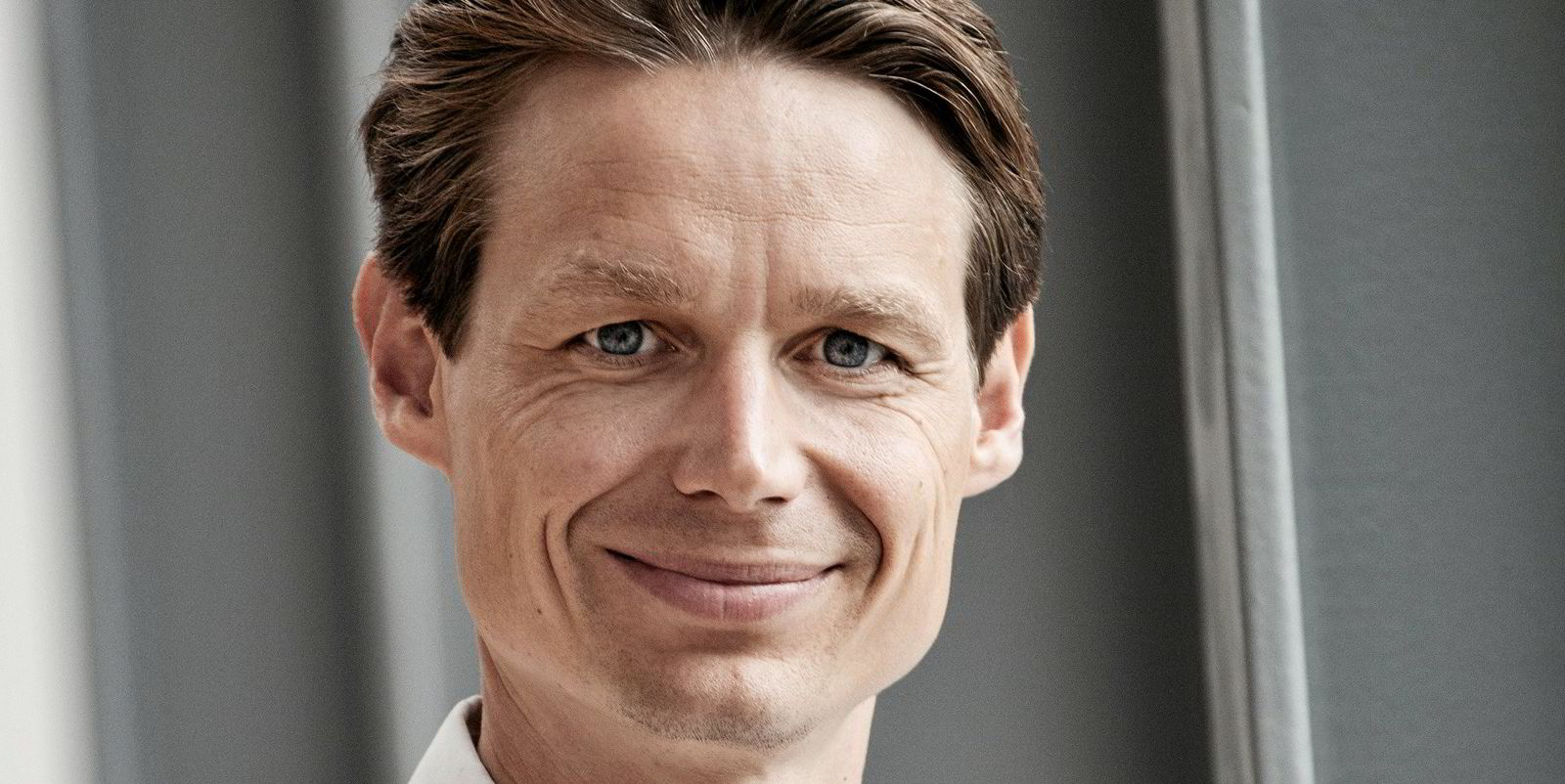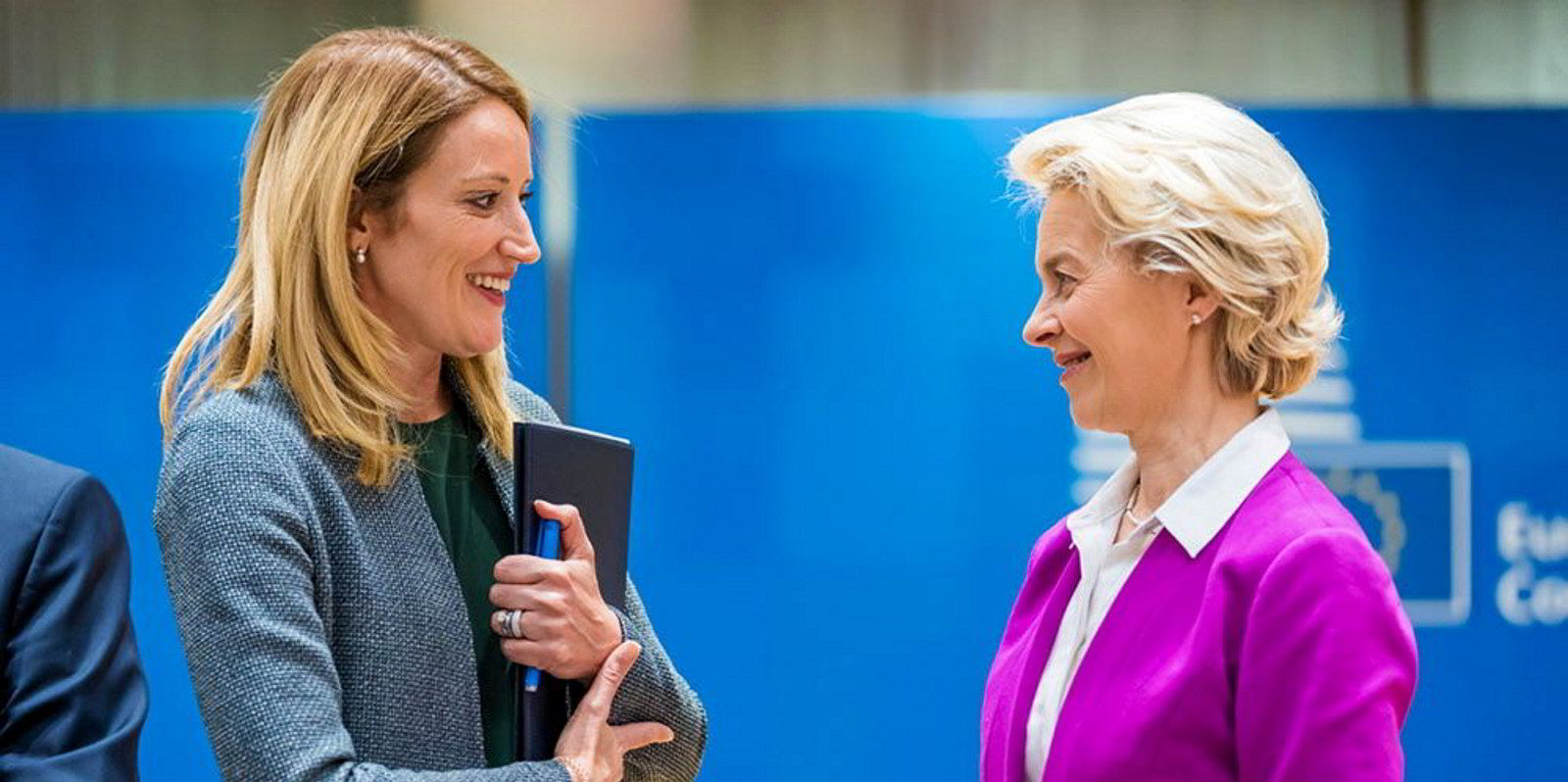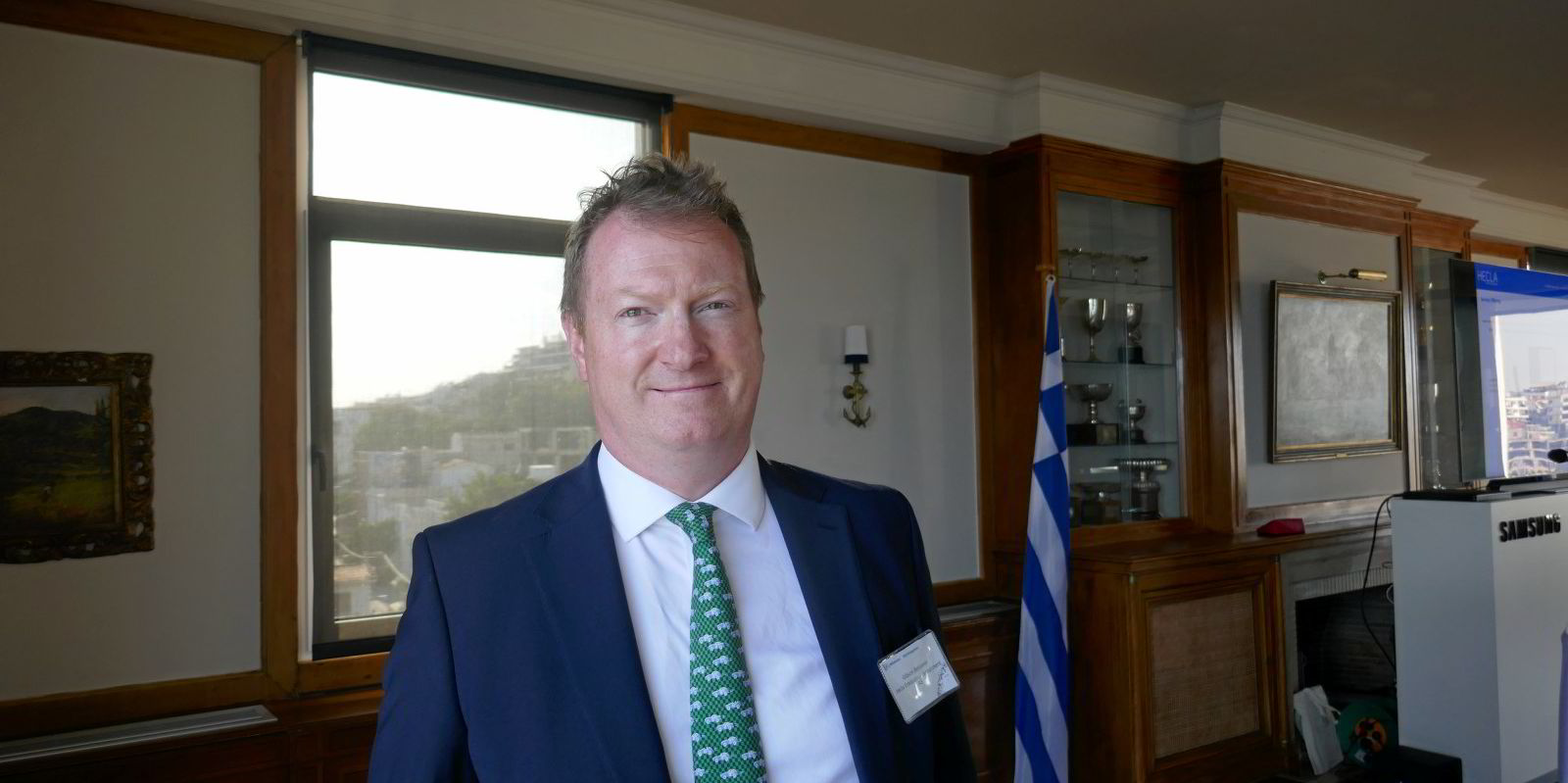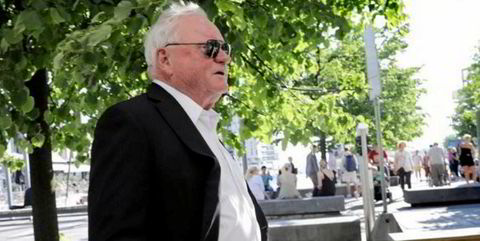The direct taxation of carbon emissions from ships in European waters will become a reality for the maritime industry in January 2024. The European Union Emissions Trading System (EU ETS) might be the first such instrument but is unlikely to be the last.
As usual, there has been news, noise and numbers directed at shipowners, who must offset their vessels’ emissions with allowances by the end of each year from 2024 onwards.
Allowances can be bought on the free market, and many owners have begun doing so in the hope of achieving a lower price than next year or to cover cargoes in the book.
However, for a vessel not operated by its owner, which is the case for large parts of the bulker and tanker industry, the owner may transfer the responsibility for buying the allowances to the charterer or operator during the charter period or voyage.
It sounds simple, but preparation is needed. Shipping is plugging into a market that already exists, so we know it is robust, but the maritime industry will be a very small drop in that ocean to begin with.
Bimco has proposed a clause outlining a way to transfer emission allowances during a charter period. This involves the owner monitoring actual emissions for past voyages under the charterparty period as well as estimating the allowances needed for the remainder of that period.
We think most owners will hedge their exposure to carbon emissions, and managing risk in this emerging market is not that much different to what the bunker or forward freight agreement desk does already. Vessel operators will need to build similar strategies to deal with that additional price risk; buying credits spot when the price is rising risks voyage profitability.
This process should be well within the owners’ capabilities since they have had the responsibility of reporting emissions since the EU introduced the monitoring, reporting and verification programme in 2018. But for many charterers, it marks the beginning of a new era of accountability towards shipowning.
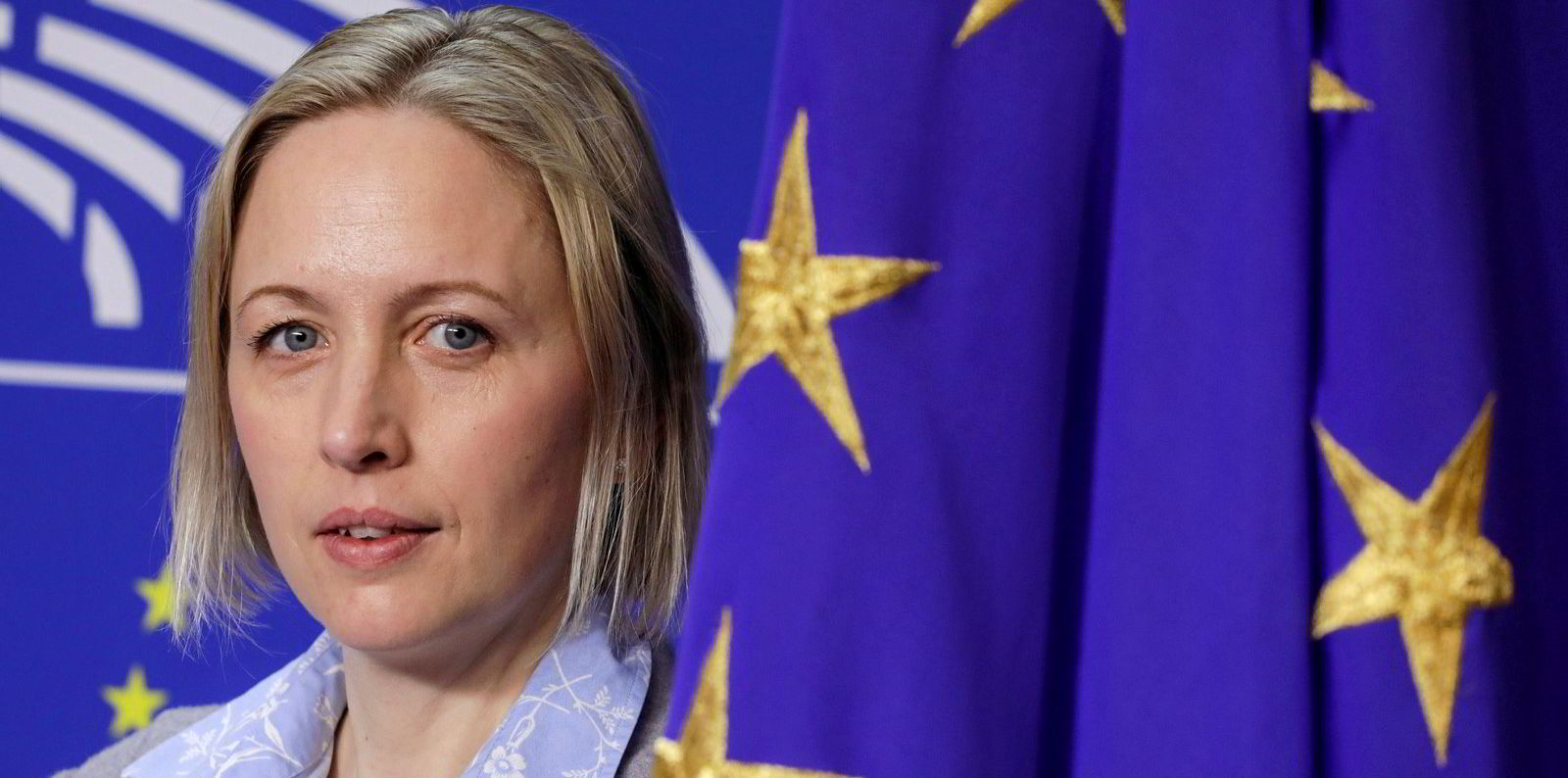
It requires learning to navigate an added level of complexity in charterparty negotiations and possibly adding an in-house or outsourced emissions allowance desk to handle the purchasing and transfer of allowances.
The route optimisation software of choice needs to include accurate EU ETS impact in the estimated cost of performing a given voyage. A good data collection system will present an overview of historic EU ETS emissions, but historical trends are not always the best fit for predicting future outcomes.
Both parties need accurate estimates — tools such as Coach Solution use digital twins and sophisticated models to simulate an upcoming voyage and produce an accurate estimate, reducing risk for both parties. The data we capture during a voyage then becomes historical data, which reports exactly what has been emitted.
That post-voyage data can be sent automatically to verification agencies to settle ETS balances per voyage or at the end of the year. Our experience in modelling fuel consumption and weather will give a more accurate forecast than looking at historical voyage data. We think it is possible to provide an accurate estimate on any voyage between two ports.
However, managing this emerging risk is about more than just historical reporting. Owners and charterers need to plan ahead, and the carbon cost needs to be baked into negotiations from the pre-fixture process onwards.
The key to avoiding disputes will be the ability to share agreed data sets between partners with a commercial relationship. Charterers and owners should not have to debate whether the master or a third-party provider has the more accurate data.
It is possible to derive a single source of truth on vessel performance and have it independently verified but it requires further structure and cooperation in the owner/charterer relationship. Perhaps the era of data sharing is upon us, with the EU as the enabler.
Indeed, the start of the ETS could be where counterparties agree that sharing accurate voyage data between commercial partners in shipping is in both their interests.
To be blunt, the alternative to this increased transparency is that our many friends in maritime law will find themselves busier than ever before, as disputes pile up between counterparts who have not properly fixed terms on how they will account for carbon.
Christian Rae Holm is head of performance
management at Coach Solutions
Do you have an opinion to share?
Email: news@tradewindsnews.com
